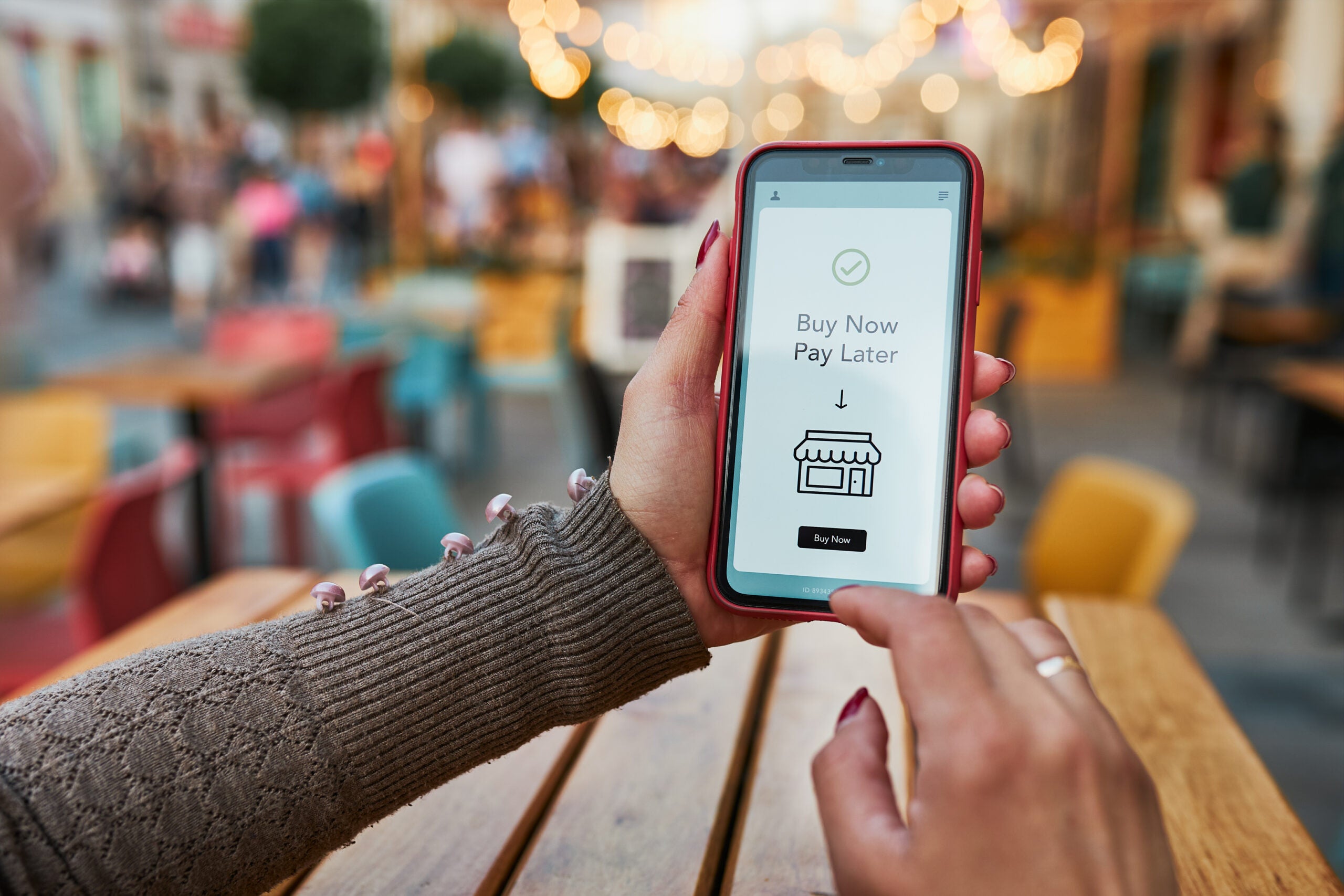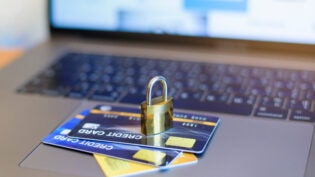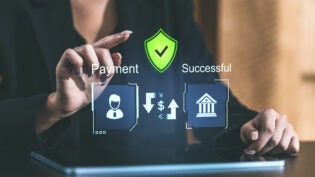
In the evolving world of digital commerce, Buy Now, Pay Later (BNPL) has emerged as one of the fastest-growing payment methods. Once a niche offering, BNPL is now mainstream—redefining how consumers shop, spend, and manage their finances.
With the rise of e-commerce and mobile wallets, BNPL has moved from a convenient credit alternative to a core component of modern payment systems. Let’s explore the recent history of BNPL, key trends shaping its future, and why it’s thriving in today’s increasingly cashless economy.
A Brief History: The Rise of BNPL
Although the concept of installment payments has been around for decades, the modern BNPL model gained momentum in the 2010s, driven by fintech innovators like Affirm, Klarna, and Afterpay.
These platforms offered a simple, interest-free way to split payments—typically into 4 equal installments—making it easier for consumers to afford purchases without using credit cards. Retailers quickly embraced BNPL as a tool to boost conversions, increase average order value, and appeal to younger, credit-averse consumers.
The COVID-19 pandemic accelerated BNPL adoption dramatically. As online shopping surged and consumers sought budget-friendly payment options, BNPL usage skyrocketed—growing by over 200% in some markets between 2020 and 2022.
Key BNPL Trends
The BNPL landscape continues to evolve rapidly. Here are the major trends driving its growth:
1. Integration into Major Payment Platforms
BNPL is no longer limited to standalone apps. Giants like PayPal, Apple Pay, Amazon, and Visa have integrated BNPL features directly into their payment flows, making it available at millions of checkouts with just a few taps.
This seamless integration has made BNPL a default option for many shoppers—comparable to credit or debit.
2. Expansion into New Sectors
Initially associated with fashion and electronics, BNPL is now expanding into:
-
Healthcare
-
Travel
-
Education
-
Home improvement
-
Professional services
Consumers are using BNPL for larger purchases and essential services, turning it into a comprehensive financing tool rather than just a shopping perk.
3. Regulatory Oversight Is Increasing
As BNPL usage grows, so does scrutiny. Regulators in the U.S., U.K., and Australia are introducing rules to improve transparency, credit reporting, and consumer protections.
This will increase trust in BNPL and help standardize how providers assess creditworthiness and disclose fees.
4. Credit Card Competition Heats Up
Traditional credit card companies are responding to BNPL by launching their own installment options, often within mobile banking apps. However, BNPL continues to win over younger consumers who prefer interest-free, fixed-payment plans without revolving debt.
The Impact of BNPL on Payment Systems
BNPL has fundamentally shifted how payment systems operate. It’s not just another checkout option—BNPL is influencing the design of digital wallets, loyalty programs, risk models, and merchant services.
Faster Checkout and Higher Conversions
By minimizing friction at checkout, BNPL reduces cart abandonment rates and increases purchase confidence. Shoppers are more likely to buy when they know they can spread payments over time without added cost.
New Revenue Models for Fintechs and Retailers
BNPL providers generate revenue through merchant fees, interest on longer-term plans, and sometimes late fees. Merchants see BNPL as a marketing tool, not just a payment method—willing to pay fees in exchange for higher order values and increased customer loyalty.
Embedded Finance and White-Label BNPL
As BNPL becomes part of embedded finance, many retailers now offer white-label BNPL solutions powered by third parties, creating branded financing experiences within their ecosystems.
Why Cashless Systems Amplify BNPL Growth
The shift toward cashless and cardless payment systems—driven by smartphones, digital wallets, and contactless tech—has created the perfect environment for BNPL to thrive.
1. Frictionless User Experience
Cashless platforms enable BNPL to be embedded directly into digital wallets like Apple Pay Later, Google Pay, or Shop Pay. Consumers can apply, get approved, and check out in seconds—without filling out lengthy forms or pulling out a physical card.
2. Real-Time Credit Decisions
Digital payment systems allow BNPL providers to perform instant credit checks and approvals, tailoring offers based on user behavior and spending patterns. This makes BNPL both smarter and safer, reducing risk for providers.
3. Data-Driven Insights
Cashless systems generate vast amounts of user data, which BNPL providers use to:
-
Offer personalized financing plans
-
Predict repayment behavior
-
Detect potential fraud
This synergy between AI, data, and payments makes BNPL more scalable and adaptable than traditional credit.
4. Global Reach and Cross-Border BNPL
Cashless infrastructure and fintech APIs enable BNPL to work across borders. Consumers can now access BNPL in global e-commerce transactions—especially in markets like the EU, Australia, and Southeast Asia.
Advantages of BNPL in a Digital-First World
As consumer expectations evolve, BNPL offers distinct advantages:
-
Transparency: Fixed payment schedules with clear terms
-
Affordability: No interest (for short-term plans)
-
Accessibility: Easier approval than traditional credit cards
-
Convenience: Integrated into online and in-store checkouts
-
Flexibility: Useful for budgeting and larger one-time purchases
For merchants, BNPL boosts revenue, improves customer experience, and provides a competitive edge.
Looking Ahead: The Future of BNPL
BNPL is poised for continued growth, but it must evolve responsibly. Providers will need to:
-
Build trust through ethical lending
-
Integrate with evolving regulations
-
Innovate with tech to stay ahead of credit alternatives
With its deep integration into cashless payments, mobile commerce, and personalized finance, BNPL isn’t just a trend—it’s a foundational shift in how we pay.
38 Views












